Article Lead In
22 November 2021
AUTHOR: ANGIE GILCHRIST
Every day, UniSA PhD students partner with industry and through this, develop skills that will help them in their future careers.
UniSA PhD students are embedded in the community – in our hospitals, in tech start-ups, and in the law courts – uncovering the challenges industry partners face and finding solutions that can change our world.
Discover some of the industry-engaged PhD projects benefiting our communities
-
Fighting brain cancer
Fighting brain cancer
Glioblastoma is the most frequently diagnosed and aggressive form of adult brain cancer, commonly characterised by proliferative tumour-associated blood vessels that contribute to rapid tumour growth and treatment resistance.
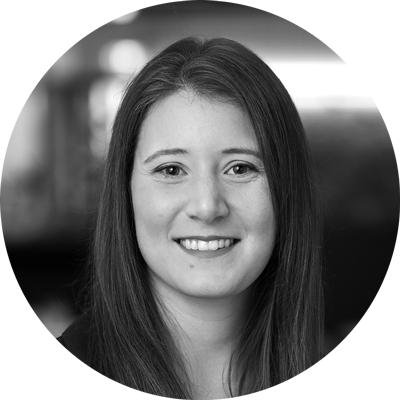
UniSA PhD candidate Kaitlin Scheer is partnering with US-based company Advanced Solutions to develop a novel vascularised model of glioblastoma, to aid the development of more effective treatments to fight the deadly disease.
Based in the Centre for Cancer Biology’s Tissue Architecture and Organ Function Laboratory, under the supervision of Dr Guillermo Gomez, Scheer works with international experts to understand the complicated vascular properties of the cancer.
She says the close interactions between oncologists, clinicians and laboratory researchers are the key to unravelling the complexities of brain cancer.
“This collaboration ensures that the research undertaken continues to be relevant and patient-driven,” Scheer says.
“The insights I have gained from working with Advanced Solutions will support my goal of developing a powerful tool for brain cancer research, with the ultimate goal of improving treatment for patients.”
Thanks to the Chris Adams UniSA Research Grant, Scheer will have the opportunity to travel to Advanced Solutions’ laboratories, allowing her to learn first-hand about tissue engineering technologies that are not yet available in Australia.
Using microvessel fragments from Advanced Solutions Angiomics® vascularisation platform, she’s been able to find out how to encourage growth of new vessels into extensive networks.
It’s a research collaboration Chief Scientist at Advanced Solutions Dr Jay Hoying is delighted about. Access to this technology has meant she can now apply these principles to the challenge of growing similar networks inside glioblastoma organoids, which are derived from patient tumour tissue.
“We are excited to explore building a perfused in vitro brain cancer model to enable better human patient outcomes,” Dr Hoying says.
“Working with the world-class researchers at UniSA has been extraordinary and we look forward to hosting Kaitlin in our labs in the US.”
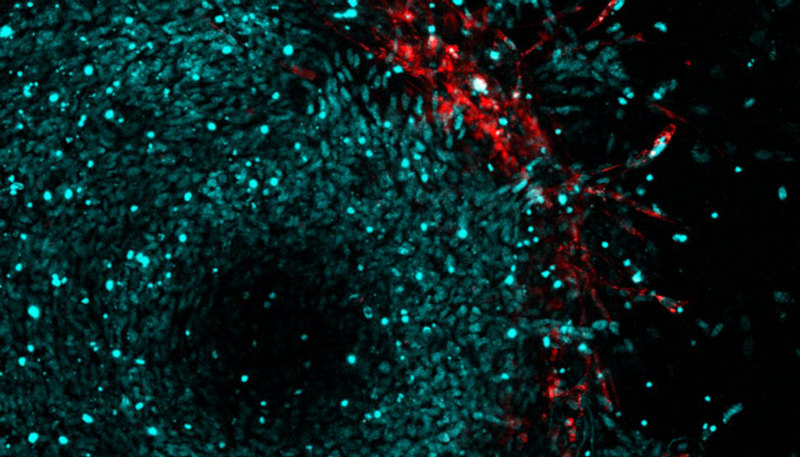
A live fluorescence microscopy image of microvessels grown with a glioblastoma organoid. -
Keeping Aboriginal women’s hearts strong
Keeping Aboriginal women’s hearts strong
Despite our nation’s commitment to improve health outcomes for Aboriginal Peoples, a significant life expectancy gap remains, with heart disease the leading cause of death in women.
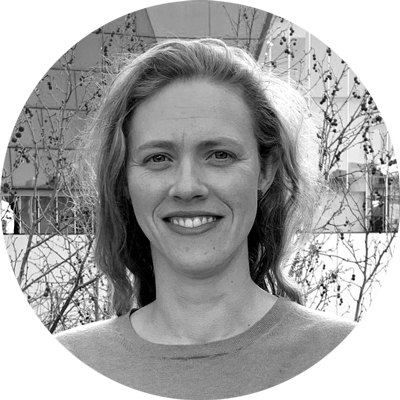
To address this inequity, UniSA PhD candidate Katharine McBride (a non-Aboriginal woman) is working with Aboriginal women and health providers to encourage governments to approach health from an Aboriginal perspective.
A study led by McBride explored the perspectives of 28 Aboriginal women from different communities to establish cardiovascular protective and risk factors, with the work overseen by an Aboriginal Women’s Advisory Group.
“We know the healthcare system is designed around the Western understanding of physical disease, not Aboriginal understanding of cultural, social and emotional wellbeing, which is focused on identity, strength and connectedness,” McBride says.
“Doing research the ‘Aboriginal way’ depends on strong and ongoing relationships following protocols set down by community. This research project was developed by community, with Aboriginal women leading the process.
“Through yarning circles, women identified attributes and drivers which either kept their hearts strong or put them at risk.
“Women who had those factors described as keeping the heart strong were less likely to develop heart disease.”
McBride also partnered with health services such as Watto Purrunna Aboriginal Primary Health Care Service to understand the profile of protective and risk factors in the community, and consider how services could meet their needs.
Kurt Towers from Watto Purrunna Aboriginal Primary Health Care Service says being involved in the research has allowed the organisation to think about how they can provide services that meet the needs and expectations of the community they care for.
“Knowing that the research was led by Aboriginal women, and being a partner in the design and process, has taught us we can do so much better,” he says.
“It has also given us confidence that the research is meeting community priorities and delivering benefits on the ground.”
McBride continues to work with a research team, which includes Aboriginal women with lived and professional experience of heart disease, to advance a new model of health delivery and care. This will be co-designed with community to meet the needs of women around their cultural, social and physical health and wellbeing.
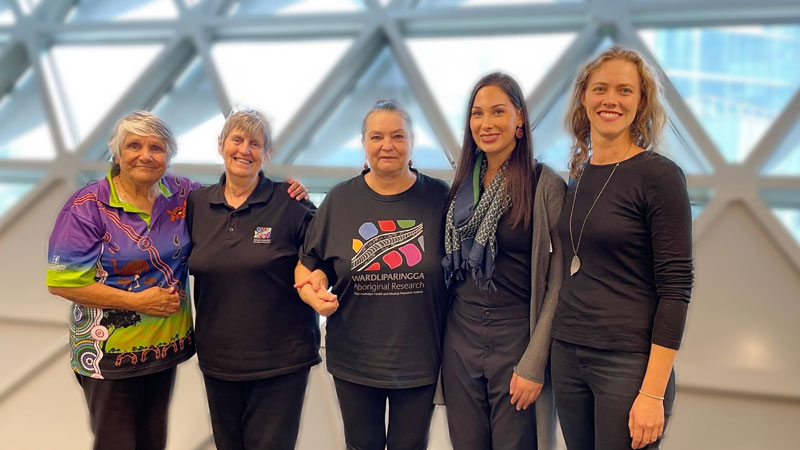
Members of the Aboriginal Women's Advisory Group Aunty Janice Rigney, Christine Franks, Vicki Wade and Anna Dowling with Katharine McBride. -
Keeping track of satellites in space
Keeping track of satellites in space
While satellite systems such as the global positioning system (GPS) can determine our position on Earth, it’s very difficult for us to tell the GPS where it is in space. And with more than 4500 satellites and 750,000 pieces of debris floating in the solar system, it’s time to find a solution.
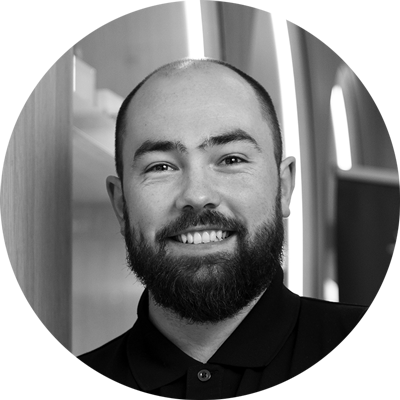
As part of his studies, UniSA PhD graduate Dr Joe O’Leary partnered with the Space Environment Research Centre (SERC) to find a new way to predict the motion of satellites using advanced theories of gravity and mathematics.
His research provided insight into the energy, mechanics and overall shape of satellites as they orbit the Earth.
Dr O’Leary says working with SERC was an invaluable experience, where he gained an appreciation for pursuing research with clear, demonstrable applications.
“It was an opportunity to gain exposure to real-world operations in astrodynamics,” he says.
“It is one thing performing a calculation and saying, ‘this is in orbit’, but a completely different story doing it for real objects.
“I was able to learn a lot about modern space operations, which will be critical as I move through my career.”
At the completion of Dr O’Leary’s research project – on the very day he handed in his PhD – he received employment offers from both SERC and EOS Space Systems.
He now works in a research development role in EOS Space Systems’ astrodynamics team based at Lot Fourteen – Adelaide’s future industries-focused precinct. He credits some of his partnership knowledge to his PhD project.
“As the key South Australian representative for EOS, I am constantly seeking opportunities to collaborate with local partners and my studies help set me up for this,” Dr O’Leary says.
“I’m also currently extending some of the learnings I gained from my PhD to simulate interplanetary probe missions with colleagues in French Polynesia, which will serve as an accurate testbed for future research of this kind.”
-
Helping jury decisions through virtual reality
Helping jury decisions through virtual reality
If you’ve been a juror, you would know that piecing together a crime and delivering the correct verdict in a courtroom is no easy feat.
However, thanks to the advent of virtual reality (VR) and new research, jurors now have a better chance of making the right decision.
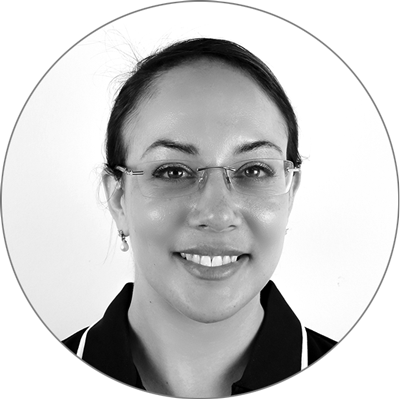
Led by UniSA PhD graduate Dr Carolin Reichherzer, a new study in partnership with forensic scientists from the Institute of Environmental Science and Research (ESR) in New Zealand, legal professionals and the Australian Federal Police, demonstrates using VR in the courtroom results in better recall, spatial accuracy and more consistent verdicts.
The team found participants viewing a simulated hit-and-run scene through a 3D headset were 9.5 times more likely to choose the same verdict than the group relying purely on photographs.
Dr Reichherzer says partnerships were instrumental to her project’s success, particularly the forensic expertise from ESR.
“ESR provided significant insight into work processes and development ideas that helped shape my research in a way that made it applicable to real-world problems,” Dr Reichherzer says.
“Two of my experiments were developed very closely with their forensic team, where they provided advice, data and direction on which research aspects would be particularly valuable. The research as it stands would not have been possible without their generous support and input.”
Experienced in the development of crime scene capture capabilities and presenting visual evidence in court, Forensic Research and Development Program Manager at ESR, Dion Sheppard, saw the natural fit of Dr Reichherzer’s project with their mission.
“We were interested in working with Carolin to measure the potential value of visual evidence and the opportunity to assess the contribution of emerging technology such as VR was really exciting,” he says.
“We had anecdotal evidence that visual evidence was more easily understood than traditional oral testimony, but the ability to co-design realistic forensic scenarios and have an independent research-based approach to assessing the impact and potential benefits, was invaluable.
“The research outcomes provide a sound basis for courts to implement new methods for crime scene recording and evidence visualisation – a result of bringing together forensic science experience with UniSA’s research expertise.”

Images of a simulated hit-and-run crime scene as viewed through a 3D headset.
Find out more about our diverse range of our enterprising project-based research degrees available on the UniSA website.
You can republish this article for free, online or in print, under a Creative Commons licence, provided you follow our guidelines.


